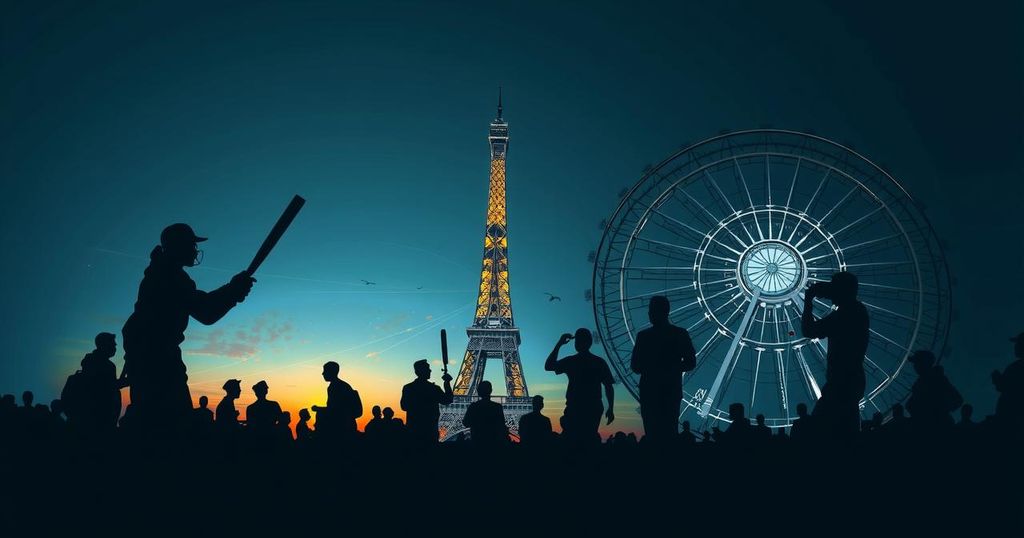The Imperative for Reform in Indian Athletics: Lessons from Paris 2024
The results of the 2024 Paris Olympics served as a significant disappointment for Indian sports, with the country securing only six medals. This outcome was particularly disheartening given that nations with significantly fewer resources managed to surpass expectations. India, often labeled as a ‘sleeping giant’ in various sports, remains largely dormant, with limited action taken toward fostering athletic talent. Despite being one of the world’s largest economies, India’s medal tally pales in comparison to China’s impressive collection of 40 gold medals at the Paris Games. Without early talent identification and development, India’s potential risks being squandered, leading to perpetual questions of ‘what could have been.’
The disparity in investment in sports is stark. In 2017, former sports minister Rajvardhan Singh Rathore highlighted that while China allocates about six rupees per capita per day for sports, India’s expenditure stands at a mere three paise. Current figures indicate that India invests approximately 1.13% of its GDP, which amounts to around $4.07 billion, a staggering nine times less than China’s sports budget of roughly $36 billion. Furthermore, China’s recent annual expenditure exceeded $3 billion compared to India’s $412 million, elucidating the reasons behind China’s remarkable accumulation of 303 gold medals throughout history compared to India’s fewer than ten.
China’s effective governance framework, encapsulated in their General Administration of Sport (GAS), streamlines sporting activities, ensuring systematic management and planning. This contrasts sharply with the fraught governance seen in many Indian sporting federations, often marred by political interference and corruption. Federations such as the All India Football Federation (AIFF) and the Indian Olympic Association (IOA) have faced international scrutiny and bans due to mismanagement. The current state of Indian sports is bleak, reflecting the detrimental impact of ineffective leadership.
Moreover, societal perceptions regarding sports influence young athletes’ decisions. As shared by Arjun, a former athlete from Haryana, many Indian households view sports as an unpredictable career path at odds with traditional educational pursuits. The lack of support mechanisms from the government further dissuades talented individuals from pursuing sports effectively. Without sufficient resources or quality training opportunities, many aspiring athletes face insurmountable challenges. Sports such as football are rife with corruption, and the selection process is often tainted by nepotism and age fraud, which further complicates the issue.
Since the landmark Olympic achievement of KD Jadhav in 1952, progress has been painfully slow. The absence of adequate training resources, supportive post-retirement structures, and the overwhelming negativity surrounding athletic careers have perpetuated a culture that diminishes sports as a viable profession. Many parents discourage engagement in sports due to fears of financial instability and lack of recognition. Unless this negative viewpoint changes, India’s prospects on an international level will remain stagnant.
Ultimately, it is insufficient to show intermittent support for athletes merely during Olympic years. True growth in the Indian sports sector necessitates consistent encouragement and investment in athletic programs at all levels. The cycle of pride for medal-winners must be accompanied by a willingness to cultivate sporting talent from an early age. Only then can India hope to transform its athletic landscape and truly awaken its latent potential.








Post Comment